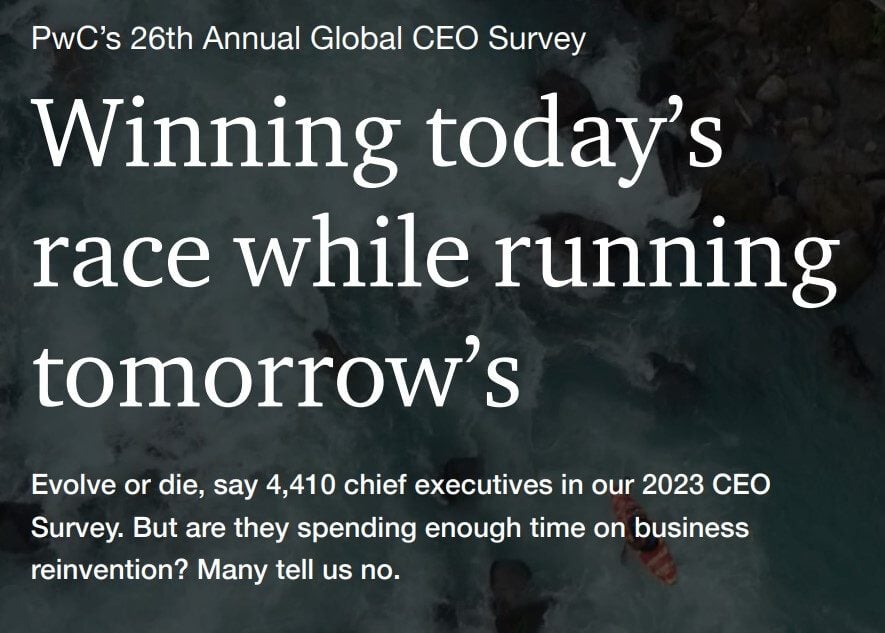Yes! You’re excited!
It’s time for innovation and growth in the company! You’ve got new processes and you’re ready to roll!
But your colleagues and team members may not be as excited about it as you.
When it comes to the inner workings of any business, processes are paramount.
Changes to processes can be necessary when a company is looking to increase efficiency, cut costs, or adjust to changing conditions in the market. Making changes to processes can help maximize resources and improve customer service.
Change management is about people
In some cases, changes might need to be made to the way different teams collaborate. This can be a difficult process, as it requires close attention to detail and often involves different departments working together in a unified manner. It is also important to ensure that any changes made are well-documented, communicated effectively, and expertly managed throughout the organization.
In the ‘olden days’ “the boss” would give an order and employees would follow it. End of story.
These days, thank goodness, collaboration gives organizations the edge.
And involving people means empowerment.
By giving team members responsibility for certain processes and ensuring that policies and processes are frequently reviewed, a culture of continuous improvement is created.
Change management empowers employees to be proactive in adapting their roles, skills and behaviors to new situations while helping the organization collectively respond to an ever-evolving business environment.

And with 40% of global CEOs saying their organization will no longer be economically viable in ten years’ time, if change is not implemented, responding to an ever-changing environment is critical! (PWC)
Change management means changing mindset
Don’t be caught out by fancy terminology.
The main focus of change management is to shift the mindset of the people involved.
In layman’s terms, it’s about changing the way people think and approach things. This is important because when people have a different mindset, they are more likely to adapt to the change and make it a success.
For example, if a company wants to introduce a new system for managing customer orders, they need to make sure that team members understand why this change is happening and how it will help them do their jobs better.
By changing the way team members think about the old system and embracing the new one, the employees will be more likely to make the change a success.
So you can see how Change management is critical, especially when it comes to implementing new policies. Change management enables organizations to prepare for and effectively manage changes to reduce risk and ensure their desired outcomes are achieved.
Ultimately change management considers the people side of change, creating a bridge between the technical and human aspects of organizational transformations.
Ok, but how do we 'do' change management?
This makes sense and sounds great, but how do you ‘do’ change management?
Especially in a scaling organization where you’re already short of hands?
One great yet simple model is Lewin’s Change Model.
Kurt Lewin’s Change Model is one of the most widely used change management models in business and industry today. Developed by psychologist Kurt Lewin in the 1950s, this three-step model provides a simple yet effective approach to managing change within organizations. The three steps are Unfreeze, Change, and Freeze.
1. Unfreeze
The first step of the model is Unfreezing. This involves recognizing that change is needed and taking steps to create an environment where it can take place.
This could include;
- Identifying the need for new processes
- Identifying existing processes that need restructuring,
- Engaging stakeholders (no, we don’t mean steak holders) in conversations around the implications of change
This part of the model can also include performing due diligence on how the change should take place, who should lead the change and be accountable for change activities, and what the final form of the process or system should be.
💡 HINT – Join our next process challenge to help you make your change management a reality!
2. Change
Once the organization has been unfrozen, Change can begin.
This involves implementing the necessary changes and allowing them to take effect. It is important to carefully monitor progress throughout this stage and adjust as needed, while being sure to maintain a focus on long-term goals.
This may include
- Fine-tuning and reviewing procedures or processes that are not working as intended or making changes to the structure of the organization itself.
- Creating new content
- Assigning responsibility to specific team members to update certain processes
- Keeping to a specific and SMART project plan
Additionally, those leading the change should keep a close eye on the overall goal, ensuring that it is still achievable. Performing change is a project, and project management standards should apply, such as monitoring budget, timeline, and quality.
3. Freeze
Finally, Freeze takes place once the desired outcomes have been achieved and all stakeholders are satisfied with the results.
This is the stage where all the hard work pays off, and the organization can enjoy the rewards of successful change management. But the freeze shouldn’t take place until the process and the people are ready for it.
Here it’s all about adoption and implementation.
This is where you make your new SOPs and policies are properly implemented and embedded into the organizational culture.
After all if new processes aren’t followed, they’re meaningless.
Simply using Whale to share them with your team isn’t enough. We said it ourselves!
There needs to be a mix of both top-down and bottom-up approaches.
Team leaders must demonstrate their commitment to the change process by following processes.
Team members should be given training, as well as coaching and guidance on how to adjust to the changes. Also, consider what employees should do if they feel the changes are not working as intended.
💡 TIP – Use quizzes to gauge if team members have adapted to a new way of working.
How NOT to do change management ❌
Just in case you’re a little confused, we wanted to give some clear guidelines on how NOT to do change management.
- ❌ Lack of Communication: Not communicating the changes effectively and not involving employees in the decision-making process.
- ❌ Shout at team members. Um this is a NO NO folks!
- ❌ Ignoring Employee Feedback: Ignoring the feedback and concerns of employees can lead to resistance and low morale.
- ❌ Failing to Provide Adequate Training: Not providing adequate training and support to employees can cause confusion and mistakes.
- ❌ Resistance to Change: Being resistant to change yourself and failing to understand why change is necessary can lead to resistance from employees.
- ❌ Lack of Employee Involvement: Failing to involve employees in the change process can lead to feelings of being left out and not valued.
- ❌ Implementing Changes Too Quickly: Making changes too quickly without proper planning and preparation can lead to chaos and confusion.
- ❌ Failing to Monitor and Evaluate: Failing to monitor and evaluate the impact of changes can lead to unintended consequences and a lack of accountability.
- ❌ Lack of Support from Leadership: Lack of support from leadership can lead to employees feeling like the change is not important or necessary.
Bottom line?
When it comes to introducing new policies within a company, change management is critical for ensuring the smooth transition of the organizational structure, processes, and procedures.
Effective change management
- Helps identify areas where employees may be resistant or uncertain about the new policy and strategies for encouraging buy-in from both employees and stakeholders.
- Allows for more accurate forecasting of potential issues or conflicts that could arise from policy implementation, allowing companies to develop proactive strategies to mitigate barriers before they become insurmountable problems.
- Promotes employee engagement by providing a framework for communication between managers and employees on the impact of the policy changes on their roles. This dialogue can be used to discuss potential solutions that can help employees better understand how the new policy will affect them directly as well as its overall implications for the company.
- Enables managers to outline clear expectations around expected behaviors during times of transition, which can help boost morale during challenging situations while also communicating a sense of importance towards the organization’s goals and objectives.
- Chelp ensure that companies reach their desired outcomes in an efficient manner by managing resources appropriately and avoiding any unnecessary delays due to issues such as resistance or misunderstanding among staff members.
Change management is ultimately going to make new policies and processes more widely adopted. Getting everyone on the same page is likely to promote engagement.
Ultimately this allows organizations to benefit from improved bottom-line performance as well as better relationships with customers and other stakeholders who view them positively due to their ability to adapt efficiently.
George Mayfield is the Founder and CEO of Frameworks Consortium, a company built to deliver Enterprise to the Entrepreneur. George engages with growth-minded business owners who seek to add value without trial and error.
Ultimate Guide to SOP & Process Documentation
The why, what, and how to unlock the next level of growth in your business with SOPS & systems








